President Donald Trump’s warning to use the Insurrection Act in answer to protests following the death of George Floyd at the hands of Minneapolis police officers means the law might be invoked for the first time in the 21st century.
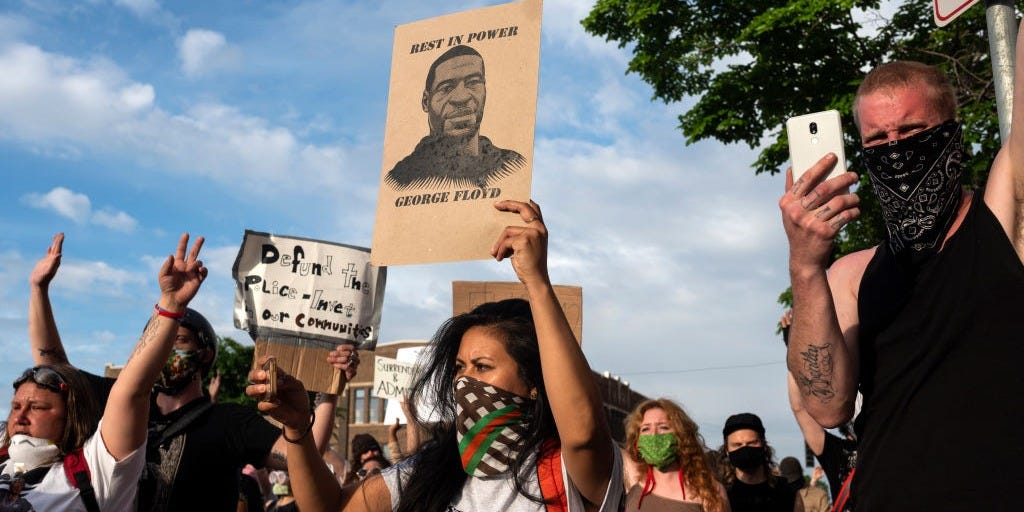
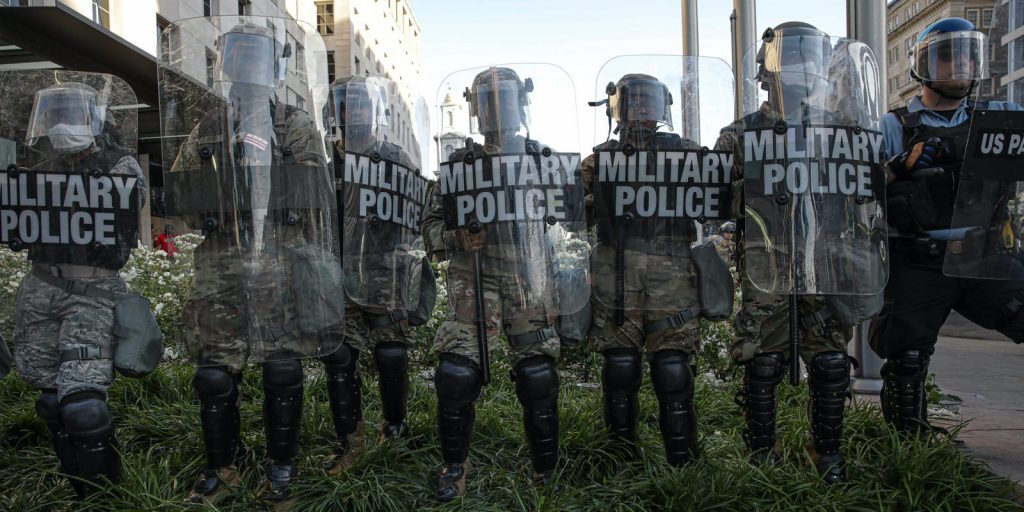
Just What is the Insurrection Act?
Essentially, the Insurrection Act of March 3, 1807 is a US federal law (10 U.S.C. §§ 251–255; prior to 2016, 10 U.S.C. §§ 331–335; amended 2006, 2007) which authorizes the president to use US military and federalized National Guard forces within America to suppress civil disorder, insurrection and rebellion. Before invoking the powers under the act, 10 U.S.C. § 254 must publish a proclamation directing the insurgents to disperse. If the situation is not resolved, the president may issue an executive order to deploy troops. The act is the chief exception to the Posse Comitatus Act of 1878, which limits the use of military personnel under federal command for law enforcement purposes within the US.
Origins
The Insurrection Act dates back to a rather peculiar episode in American history when Aaron Burr conspired to raise his own army and create an empire in the Louisiana Territory or Mexico.. Burr is infamous for killing Alexander Hamilton in a 1804 duel. Spurned in Washington, DC and New York politics, Burr set his eyes on the West. Although the specifics of his plot remain a mystery, basically it involved assembling an army to invade Mexico under the guise of a war with Spain and then keeping the captured land for himself. Well, when President Thomas Jefferson, who already was suspicious of Burr’s activities, learned of Burr’s plan he asked Secretary of State James Madison if the Constitution gave him the authority to deploy the army to halt a rebellion. The answer was no. Jefferson asked Congress in December 1806 to pass a bill allowing the use of federal forces in the event of domestic insurrection. When the bill was signed on March 3, 1807, Burr already was in custody.
When Have Presidents Used the Act
The act has been invoked at least 14 times. The first time was in 1808 when American merchant ships in the Great Lakes disobeyed Jefferson’s trade embargo with the British. Jefferson, who charged the scalawag traders of starting insurrections against the mandate of US laws, authorized the military to take action.
On August 23, 1831, President Andrew Jackson used the act in response to Nat Turner’s slave rebellion in Virginia.
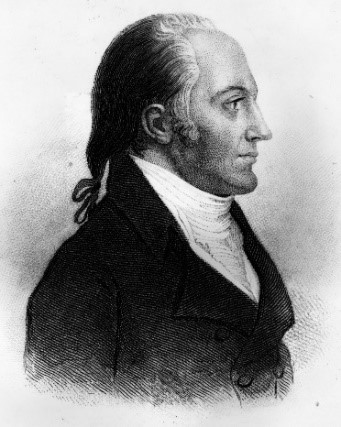
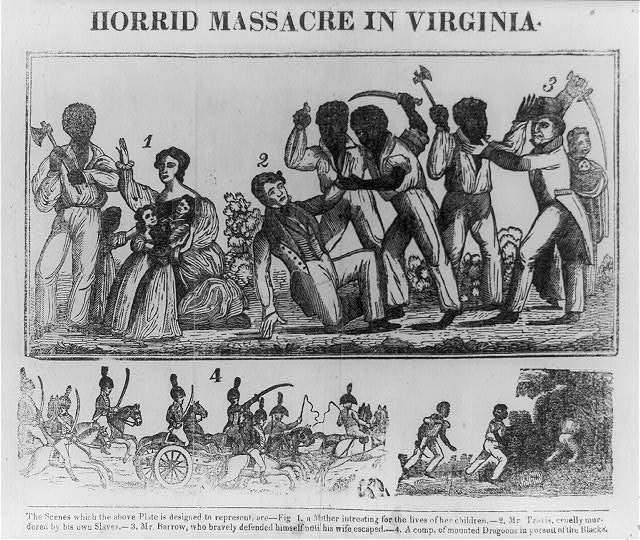
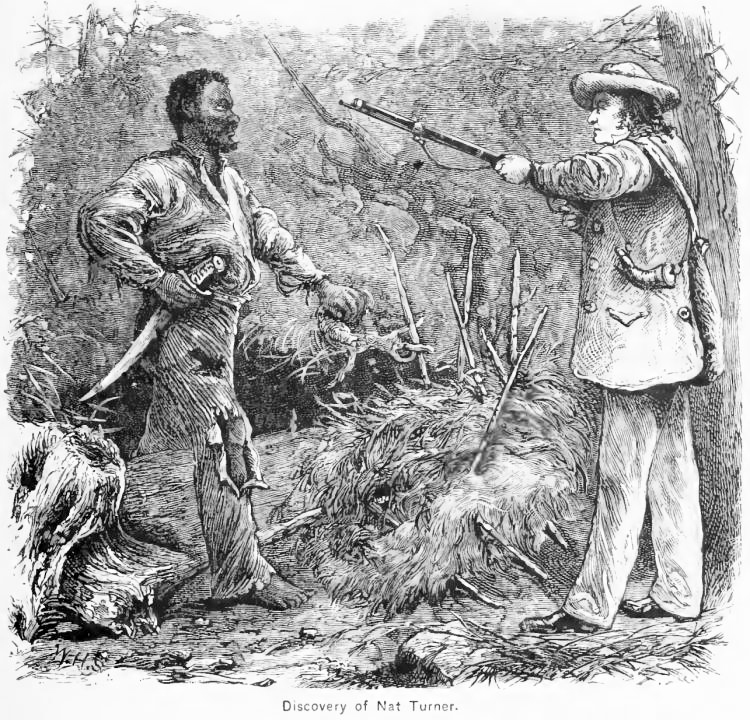
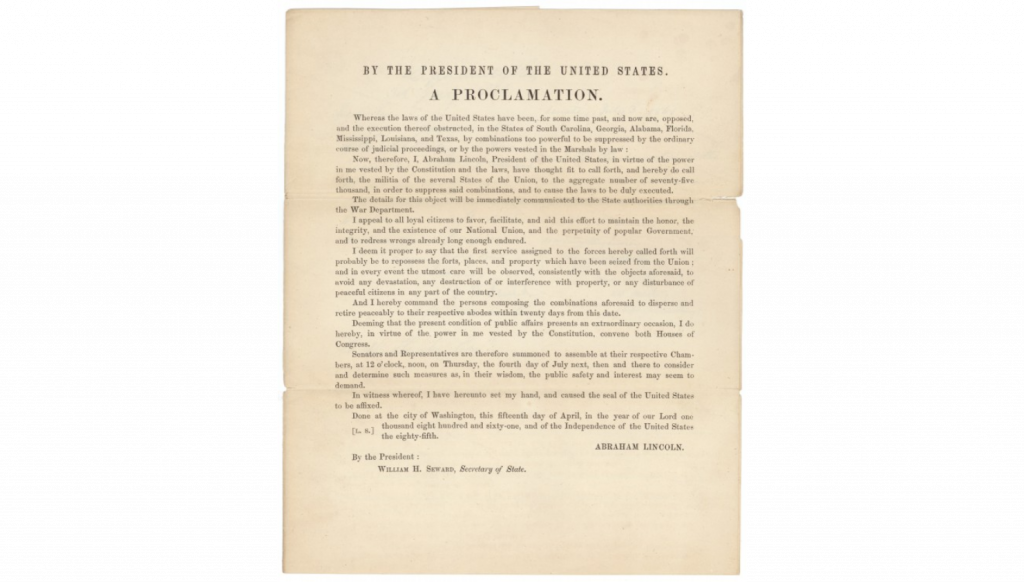
In 1861, the Insurrection Act was amended. President Abraham Lincoln needed the law to authorize sending federal troops into a state without the governor’s approval. Following the Civil War, the act was amended again, giving the president authority to enforce the 14th Amendment and federal Reconstruction laws in the South. The amendment authorizes the president to use military action within a state when “any part or class of its people is deprived of a right, privilege, immunity, or protection named in the Constitution and secured by law, and the constituted authorities of that State are unable, fail, or refuse to protect that right, privilege, or immunity, or to give that protection.”
Later the act was invoked during battles with Native Americans. In the late 19th and early 20th centuries, the law was used to restore order resulting from labor conflicts.
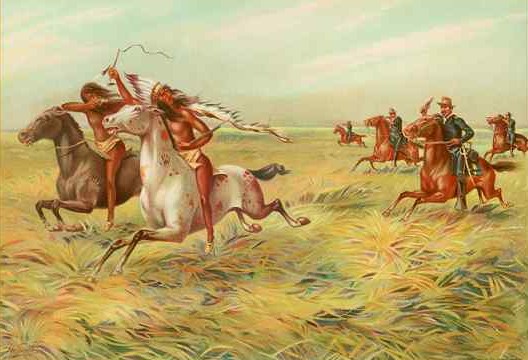
An 1899 depiction of U.S. cavalry pursuing Native Americans, artist unknown.
Presidents have invoked the act several times in the 20th century. Its most well-known use was on September 23, 1957 when President Dwight D. Eisenhower signed an executive order deploying the 101st Airborne Division to enforce the desegregation of public schools in Little Rock, Arkansas. He took this action when Arkansas Governor Orval Faubus used the National Guard under the pretext of preserving peace, preventing black students from entering Little Rock Central High School.
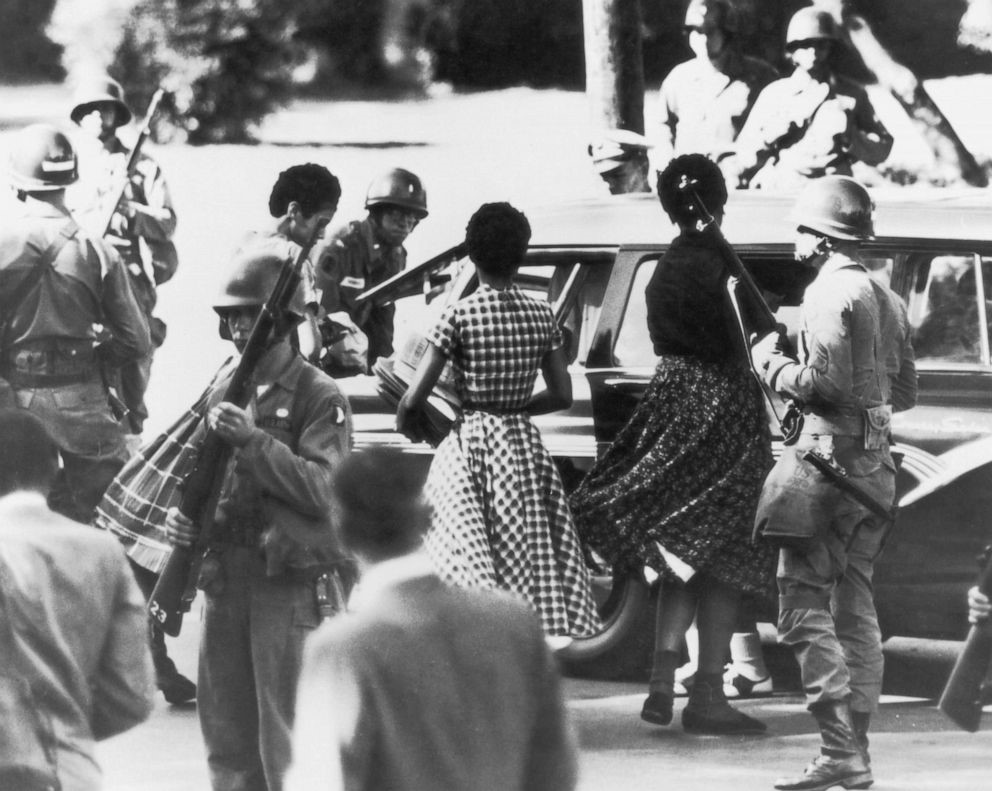
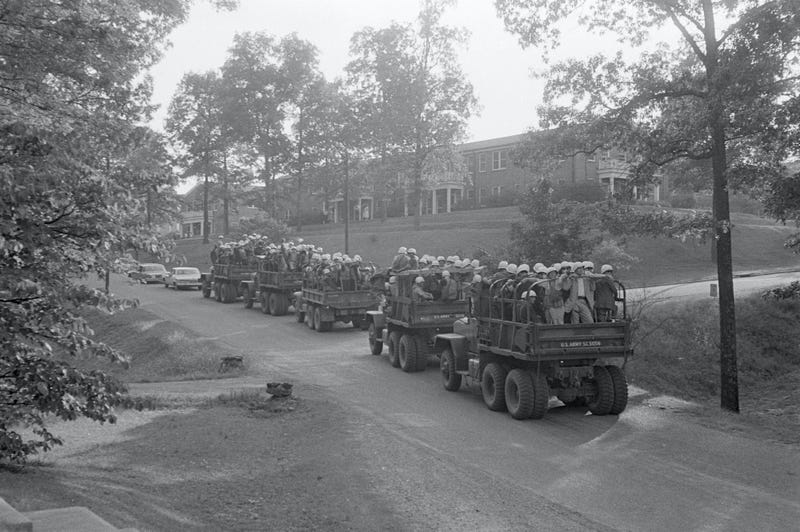
That’s the same authorization Presidents John Kennedy and Lyndon Johnson used during the Civil Rights movement sending the US military to enforce desegregation in Mississippi and Alabama in defiance of the non-compliant governors. In 1989, governors requested and obtained federal support in response to post-Hurricane Hugo looting.
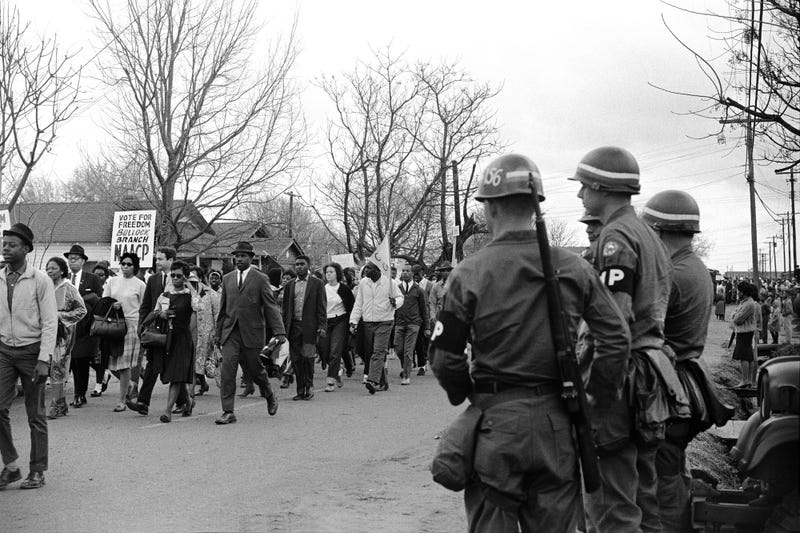
In 1967, Johnson sent almost 2,000 US Army paratroopers with tanks and armored cars to Detroit to subdue a five-day confrontation between law enforcement and protesters who were opposing police brutality and institutional racism. Forty-three people were killed and 7,000 were arrested. The following year Johnson deployed federal troops to Chicago, Washington, D.C., and Baltimore in the wake of protests following the assassination of the Martin Luther King Jr.
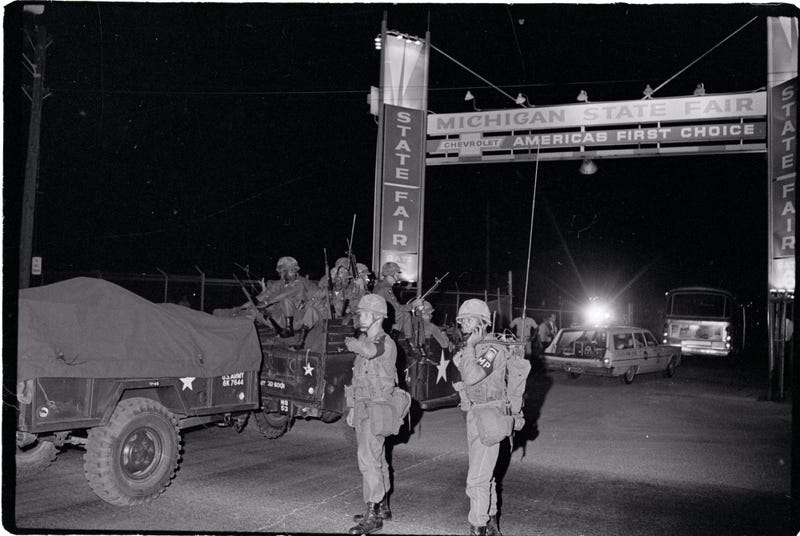
In 2006, a year after criticism of the federal government’s response to Hurricane Katrina, Congress again amended the Insurrection Act. It increased the occasions whereby the president can invoke the law. The amendment allows “the President to employ the armed forces during a natural disaster or terrorist attack.” A state does not necessarily have to request those forces. According to §251: “[T]he President may, upon the request of its legislature or of its governor if the legislature cannot be convened, call into Federal service such of the militia.” However, §252 states: “Whenever the President considers that unlawful obstructions, combinations, or assemblages, or rebellion against the authority of the United States, make it impracticable to enforce the laws of the United States in any State by the ordinary course of judicial proceedings, he may call into Federal service such of the militia of any State, and use such of the armed forces, as he considers necessary to enforce those laws or to suppress the rebellion.” All the governors opposed the amendment as a presidential power seizure geared at subduing the state’s power and strengthening the military’s function in domestic affairs.
President George H.W. Bush invoked the Insurrection Act in 1992, the last time is was used. California’s governor requested assistance to suppress riots arising from the acquittal of four police officers charged in the beating of Rodney King. The rioting had lasted several days. Bush sent 4,500 federal forces to reinforce the California Army National Guard and to re-establish control. By the end of the riots, at least 50 people died; Los Angeles Police Department officers and members of the National Guard killed 10 of them. Another 2,000 people were injured and 6,000 were arrested.
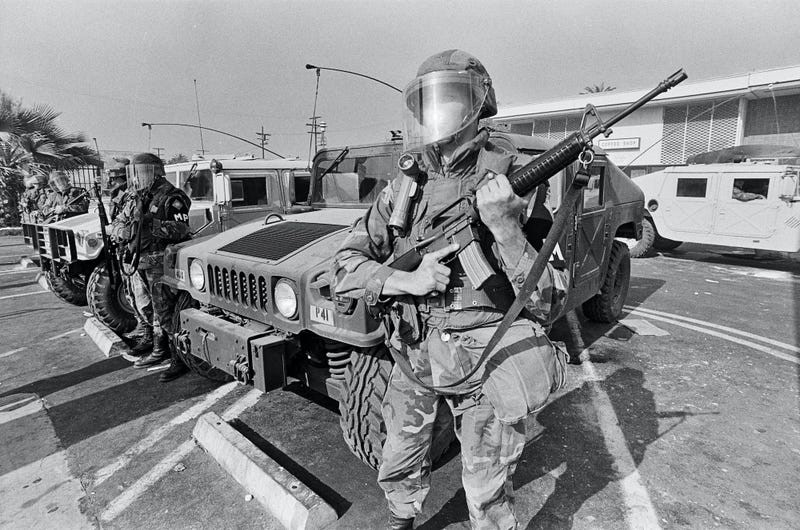
Below is a list of some of the instances when presidents have invoked the Insurrection Act. As you can see, the act has been used infrequently throughout the nation’s history, signaling the serious domestic situations surrounding it.
Selected Sources
Learn about the Insurrection Act at https://www.voanews.com/episode/what-insurrection-act-4314151
Nat Turner’s Slave Rebellion is depicted in this PBS documentary, https://www.pbs.org/video/african-americans-many-rivers-cross-classroom-nat-turner-rebellion/
The National Park Service documents President Eisenhower’s deployment of troops to Little Rock at https://www.nps.gov/media/video/view.htm?id=2597E472-F53D-1C7D-DF88022D3E454BF6
Watch a video on President Trump’s threat to invoke the Insurrection Act and some cases where presidents have used it at https://www.washingtonpost.com/history/2020/06/03/insurrection-act-trump-history/